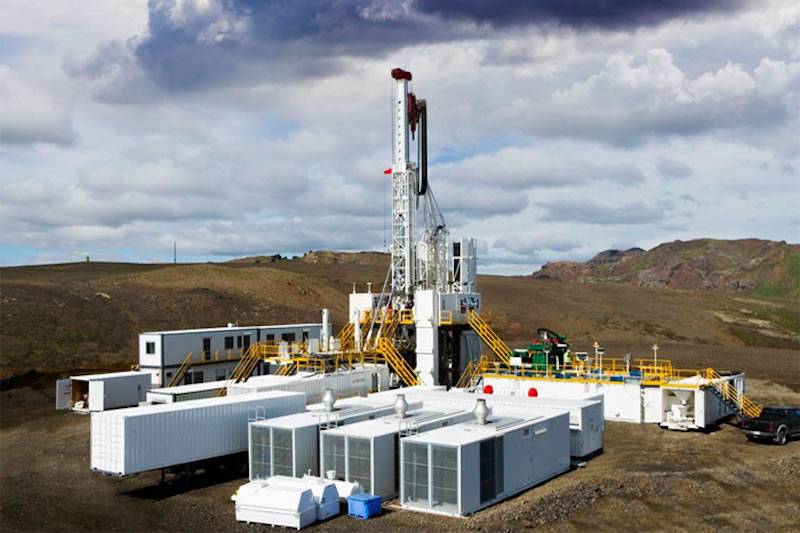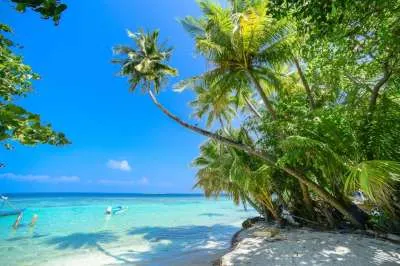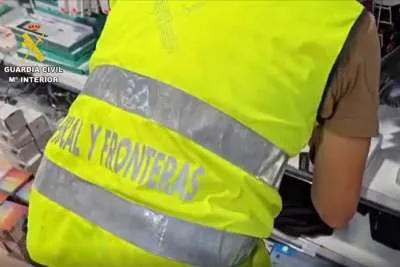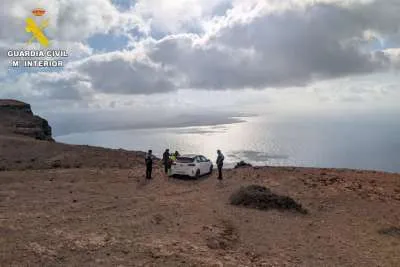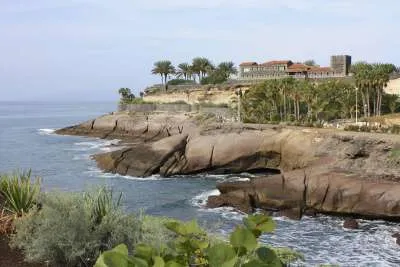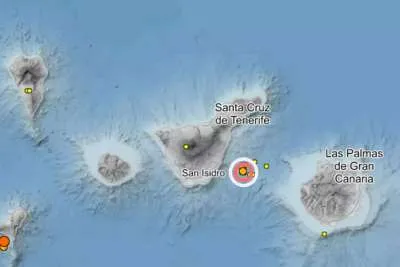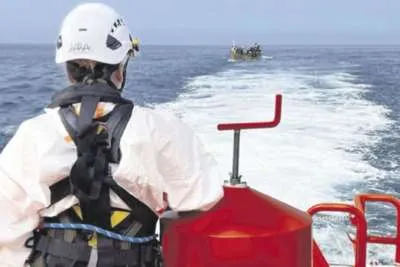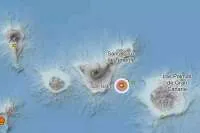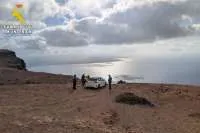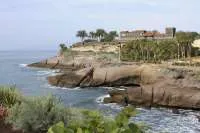Geothermal Drilling Approved in South Tenerife to Accelerate Renewable Energy Development
- 29-04-2025
- Tenerife
- Canarian Weekly
The Canary Islands’ regional government has officially authorised exploratory drilling for geothermal energy resources in southern Tenerife. In a strategic move to accelerate the adoption of renewable energy across Europe, the Governing Council has excluded the ‘TF-Sur Soundings’ project from the standard environmental impact assessment process.
This exemption is in line with European Union regulations aimed at fast-tracking clean energy projects, especially those that support the bloc’s wider decarbonisation goals. The TF-Sur project contributes directly to Spain’s Climate Change Law and the National Integrated Energy and Climate Plan, and will involve geological surveys conducted in areas designated through a public tender process.
The awarded mining grids — Tahatan and Tikahit — are operated by Energía Geotérmica de Canarias, alongside two additional zones in Barranco Hondo, which are managed by the Technological Institute and Renewable Energies. The main goal of the project is to assess geothermal potential through subsurface drilling, helping determine the feasibility of geothermal electricity generation on the island.
Importantly, none of the planned drilling sites fall within protected areas such as the Canary Islands Network of Protected Natural Areas or the European Natura 2000 Network. This absence of sensitive zones has been cited by the regional government as a key reason for bypassing the simplified environmental assessment. Officials argue that delays associated with such assessments could prove more harmful to environmental and energy transition goals than the controlled drilling activities themselves.
The project has received technical approval from both the Canary Islands Government and the Tenerife Cabildo. Authorities have emphasised that rigorous environmental monitoring protocols will be followed throughout all phases of the project to ensure compatibility with local ecosystems. Once exploration is complete, all drilling infrastructure will be dismantled, and affected land restored to its original condition. Excavated areas will be refilled and levelled using materials stored onsite, avoiding long-term environmental disruption.
The government also highlighted the broader economic and social benefits of the initiative. The geothermal exploration is expected to generate high-quality employment opportunities, requiring specialists with advanced technical and academic training. This, officials say, will strengthen the Canary Islands’ role in Europe’s renewable energy landscape and contribute to the local economy.
Overview of how geothermal energy can benefit island economies such as the Canary Islands:
1. Energy Independence
Islands often rely heavily on imported fossil fuels for electricity, which makes them vulnerable to price fluctuations and supply disruptions. Geothermal energy — sourced from the Earth’s internal heat — is a local, stable, and long-term resource, reducing dependency on external energy supplies.
2. Lower Energy Costs
Once operational, geothermal plants have low operating costs and provide a consistent energy output (unlike wind or solar, which are intermittent). Over time, this can help reduce electricity prices for both households and businesses, easing the cost of living and boosting economic competitiveness.
3. Environmental Sustainability
Geothermal power is a clean and renewable energy source, producing minimal greenhouse gas emissions compared to fossil fuels. For environmentally sensitive regions like the Canaries, this aligns with both conservation goals and EU climate targets.
4. High-Quality Job Creation
The geothermal sector requires skilled labour, including geologists, engineers, drilling technicians, and environmental specialists. Developing this industry creates well-paid jobs and encourages the growth of local expertise in green technologies.
5. Economic Diversification
Tourism dominates many island economies. Investing in geothermal energy diversifies income sources and creates a resilient economic base less susceptible to downturns in travel or global crises (such as pandemics).
6. Energy Export Potential
If geothermal production exceeds local demand, islands could export surplus electricity to neighbouring regions or other islands via undersea cables, creating a new revenue stream.
7. Support for Other Green Initiatives
Stable, round-the-clock geothermal power can complement intermittent renewables like solar and wind. It also supports the electrification of transport and industry, enabling broader decarbonisation.
Other articles that may interest you...
Trending
Most Read Articles
Featured Videos
A Vision of Elvis Tenerife Promo
- 10-05-2025
Tenerife Travel Guide
- 13-12-2024
Live webcam from Lanzarote airport
- 13-12-2024


